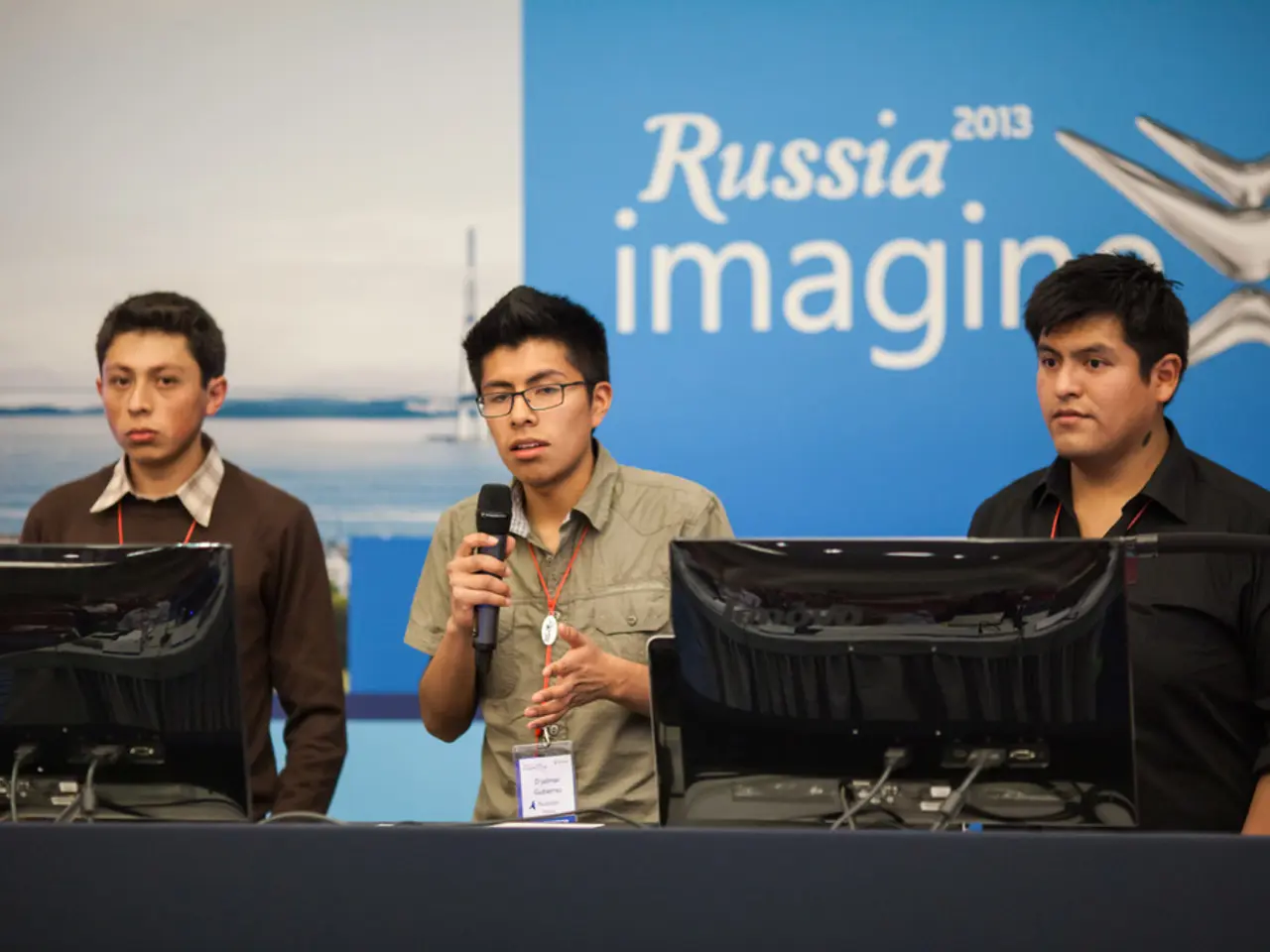Cybersecurity Measures Revealed: Important Insights from the 2025 Broadband Breakfast Event
In the ever-evolving landscape of technology, the integration of cybersecurity into STEM curricula is increasingly recognized as essential for preparing the next generation of cybersecurity professionals. This was a key theme at the recent 2025 Broadband Breakfast, which provided a comprehensive overview of the current challenges and potential solutions in the field of cybersecurity.
The event underscored the critical need for understanding and managing artificial intelligence technologies in the context of cybersecurity. Experts highlighted the growing sophistication of cyber adversaries, including those using artificial intelligence. Artificial intelligence is being used by malicious actors to create deep fakes and automate hacking, posing new challenges for defenders.
To counteract AI-driven threats, the consensus was to leverage advanced technologies and adopt a proactive approach to cybersecurity. Collaboration between government entities and the private sector is crucial for protecting sensitive data and critical infrastructure. One speaker noted that artificial intelligence can both bolster defenses and be used against them in alarming ways.
Public-private partnerships are seen as crucial for detecting and responding to high-stakes cyber threats. These partnerships facilitate effective threat intelligence sharing through coordinated forums and platforms like the AI Information Sharing and Analysis Center (AI-ISAC) and collaboration frameworks such as the AI Cybersecurity Collaboration Playbook by CISA. These initiatives help detect, report, and respond to AI-specific cyber threats like data poisoning and adversarial attacks faster and more efficiently.
Moreover, public-private partnerships are instrumental in developing and adopting AI-specific security standards and best practices. This includes the NIST's AI Risk Management Framework (AI RMF) aligned with traditional cybersecurity controls, which guide organizations in managing AI system confidentiality, integrity, and availability.
Educational initiatives and workforce development support resilience by training and upskilling workers in AI cybersecurity competencies. This expansion of human capital is crucial for building, monitoring, and defending AI systems effectively. Additionally, these initiatives foster a culture of proactive prevention rather than reactive responses, which is critical for sustaining long-term cybersecurity resilience across industries.
The importance of fostering collaboration across sectors to build resilient cybersecurity frameworks was reiterated at the Broadband Breakfast. The insights from the event serve as a call for action, challenging us to continually innovate and collaborate in our pursuit of a secure cyber landscape. Together, these efforts create a more unified, knowledgeable, and agile ecosystem capable of anticipating and mitigating sophisticated AI-driven cyber threats before they cause significant harm.
In summary, building resilient AI cybersecurity frameworks requires seamless collaboration between government and industry to share intelligence and adopt AI-specific controls while investing in education to cultivate a capable cybersecurity workforce. These combined approaches strengthen both organizational and national defense posture against emerging AI threats. The 2025 Broadband Breakfast discussed innovative strategies for tackling cybersecurity challenges and emphasized the need for resilient and adaptable cybersecurity frameworks to address the skills gap in the cybersecurity workforce. Enhanced information-sharing mechanisms and joint efforts are called for to develop strategies that can withstand advanced cyber threats.
- The 2025 Broadband Breakfast underscored the need to integrate artificial-intelligence knowledge into cybersecurity education-and-self-development, as it is essential for developing a skilled workforce capable of tackling the sophisticated AI-driven cyber threats of the future.
- Collaboration between government entities and the private sector is beneficial for implementing AI-specific security standards and best practices, ensuring that technology companies are equipped to build, monitor, and defensively employ AI systems securely.
- In their quest for a secure cyber landscape, it is crucial for entities to understand the role of encyclopedia-like resources, such as the AI Information Sharing and Analysis Center (AI-ISAC) and the AI Cybersecurity Collaboration Playbook by CISA, as they facilitate the efficient detection, reporting, and response to high-stakes cyber threats in the ever-evolving field of cybersecurity and technology.




